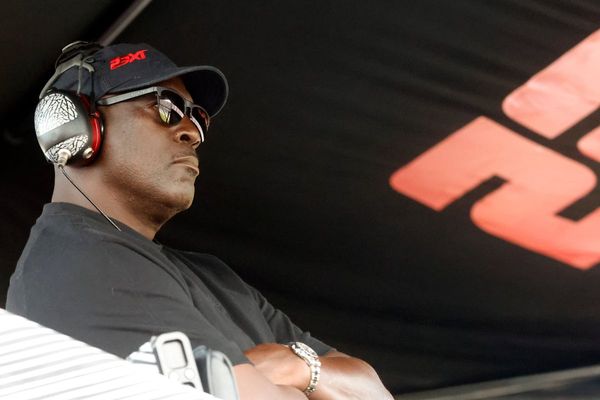
Each day, Benzinga takes a look back at a notable market-related moment that occurred on this date.
What Happened? On March 10, 2009, Japan’s Nikkei index closed at a 27-year low.
Where The Market Was: The S&P 500 closed at 719.60 and the Dow closed at 6,926.49.
What Else Was Going On In The World? In 2009, the World Health Organization declared the H1N1 influenza strain, or “swine flu,” a global pandemic. Captain Chesley B. "Sully" Sullenberger made a successful crash landing in the Hudson River after his U.S. Airways flight was struck by a flock of geese. The average American income was $39,423.
Japan Finally Hits Bottom: March 2009 wasn’t a great time for investors in any market around the world, but the frustrations for investors in Japan’s Nikkei index had been brewing for decades prior to the financial crisis.
Prior to the U.S. mortgage bobble of 2007-2008 or the dot com bubble of 1998-2000, Japan’s market experienced its own bubble in stock and real estate prices from around 1986 to 1991. During that stretch, the Nikkei skyrocketed from around 13,000 to as high as 38,916 on Dec. 29, 1989.
The unwinding of the Japanese market bubble would be measured in decades rather than years. On March 10, 2009, the Nikkei closed at 7,054.98, about an 81% decline from its all-time highs 20 years after the market peaked in 1989. That level marked the lowest close for the index in about 27 years.
Like the U.S. indices, the Nikkei recovered from its 2009 lows in the following years. However, roughly 32 years after the peak of the Japanese stock market bubble, the Nikkei has still not made it back to its previous highs. Today, the Nikkei trades at 25,690.40, down about 27% from its 1989 peak.







